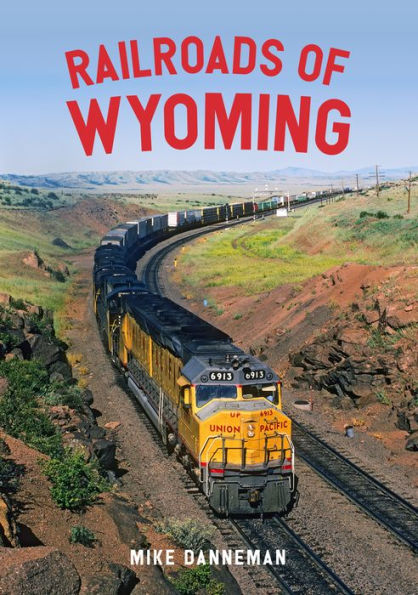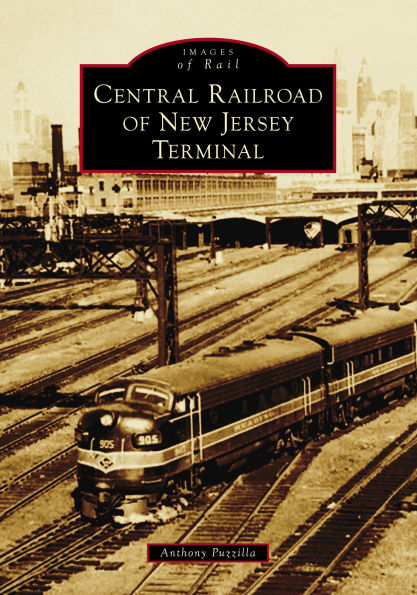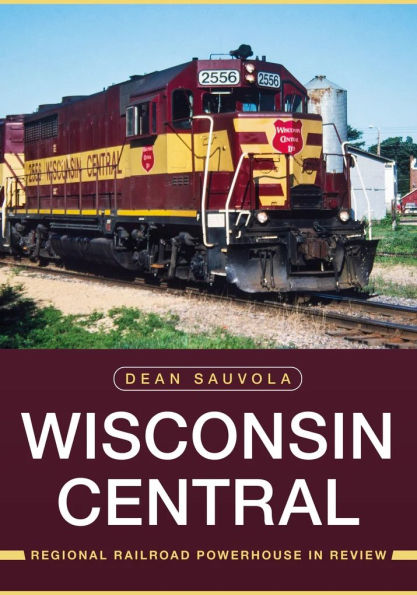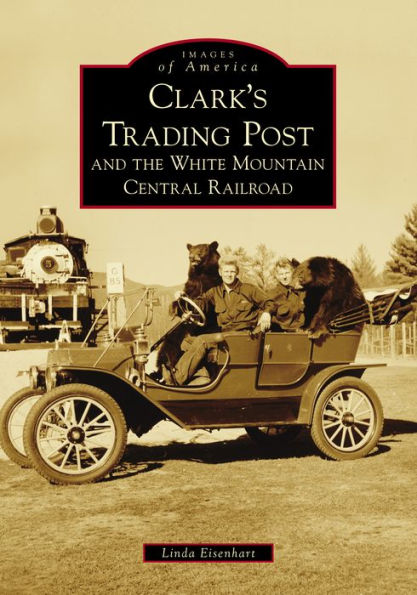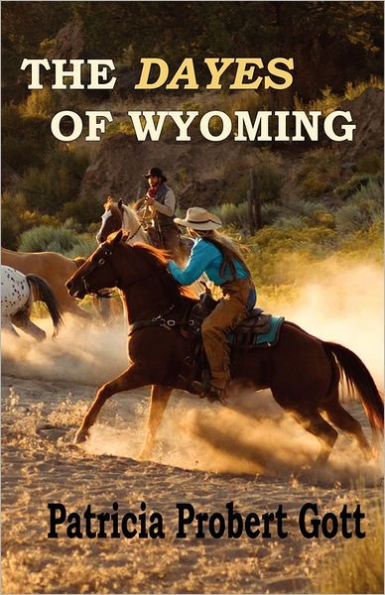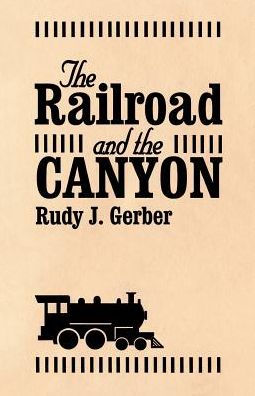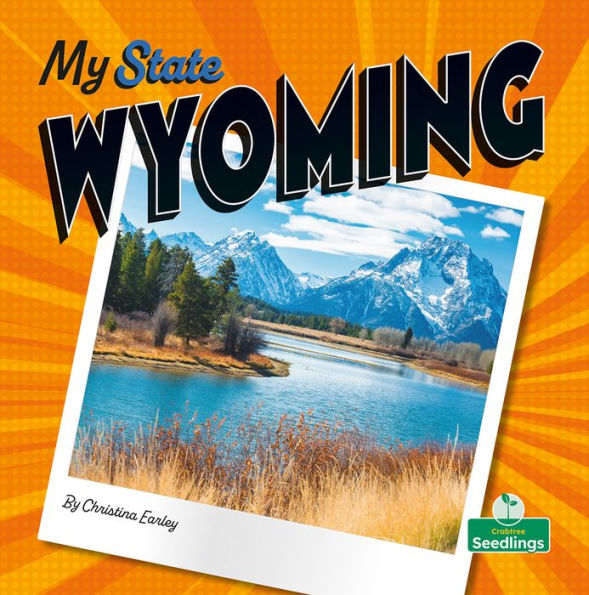Home
Central Wyoming Railroads
Barnes and Noble
Central Wyoming Railroads
Current price: $40.99
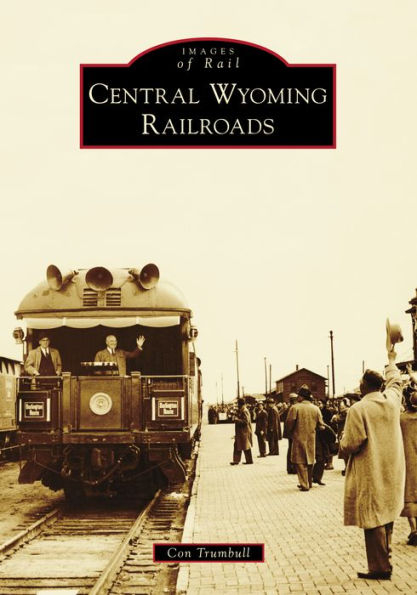

Barnes and Noble
Central Wyoming Railroads
Current price: $40.99
Size: Hardcover
Loading Inventory...
*Product information may vary - to confirm product availability, pricing, shipping and return information please contact Barnes and Noble
Starting with the great migration along the Oregon Trail in the 1840s, central Wyoming has long been a transportation corridor of the western United States. Railroad tracks first worked their way into the region in 1886 with the arrival of the Fremont, Elkhorn & Missouri Valley Railroad, building westward from Douglas to Lander. In 1913, the Chicago, Burlington & Quincy Railroad, after successfully building through the Wind River Canyon, began construction south and east through Casper to connect with its existing line at Orin Junction. Connecting central Wyoming to the outside world brought goods and people and allowed for the development of the oil fields, agriculture, industry, and tourism. Utilizing photographs from the Casper College Western History Center, the Fort Caspar Museum, the Wyoming State Archives, and personal collections, many of which have never been published, author Con Trumbull tells the fascinating story of central Wyoming railroading. Additionally, he pulls from his personal experiences working with historic railroads to provide valuable insights to these images. The Images of Rail series celebrates the history of rail, trolley, streetcar, and subway transportation across the country. Using archival photographs, each title presents the people, places, and events that helped revolutionize transportation and commerce in 19th- and 20th-century America. Arcadia is proud to play a part in the preservation of local heritage, making history available to all.
